ED ALERT: Fighting Manufactured Chaos in Puerto Rico’s Public Schools
By Mercedes Martínez and Jia Lee August 13 marked the first day of school for more than 319,000 students and 22,000 teachers in Puerto Rico. But instead of feeling prepared […]
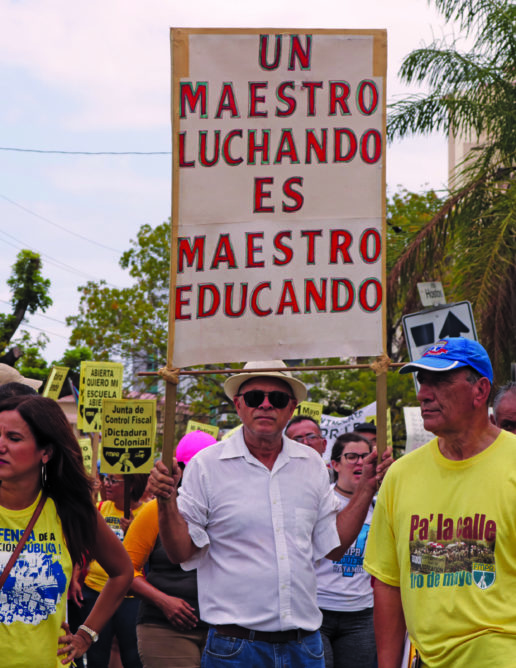
By Mercedes Martínez and Jia Lee August 13 marked the first day of school for more than 319,000 students and 22,000 teachers in Puerto Rico. But instead of feeling prepared […]
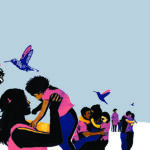
“Aren’t Grown-Ups Supposed to Keep Kids Safe?” By the editors of Rethinking Schools Kina, the 6-year-old daughter of one of our editors, walked into her living room one day over […]
By Bill Ayers If you pick up Arne Duncan’s How Schools Work hoping to learn something about, well, unsurprisingly I suppose, about “how schools work,” you’ll be sorely disappointed. There’s […]
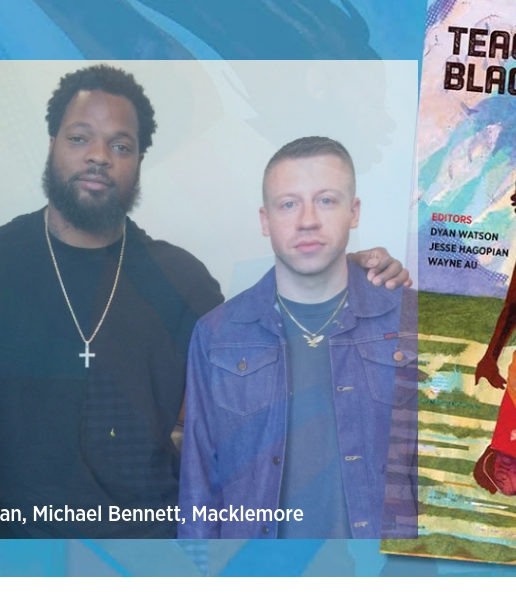
Teaching for Black Lives has been earning rave reviews since it was released just a few months ago, and today we’re honored to announce that Grammy award-winning artist Macklemore and […]
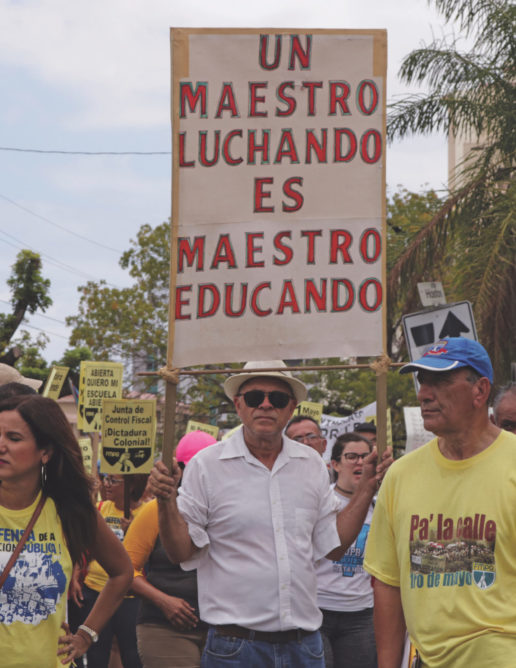
[SPECIAL REPORT: Education “reformers” are using the disaster in Puerto Rico to close hundreds of public schools and convert much of the school system to charters. But teachers, parents, and […]
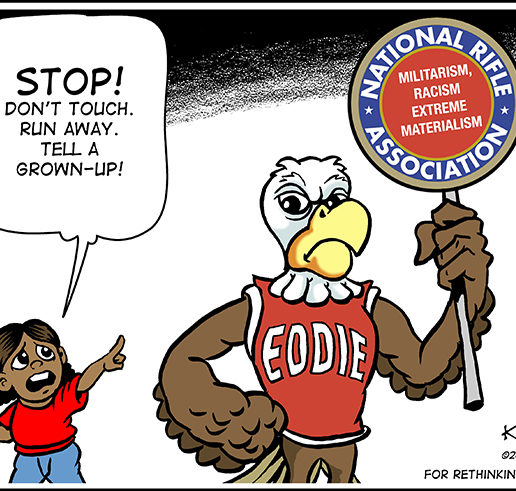
By the editors of Rethinking Schools Just a week after 14 students and three staff members were murdered at Marjory Stoneman Douglas High School in Parkland, Florida, in February, President […]
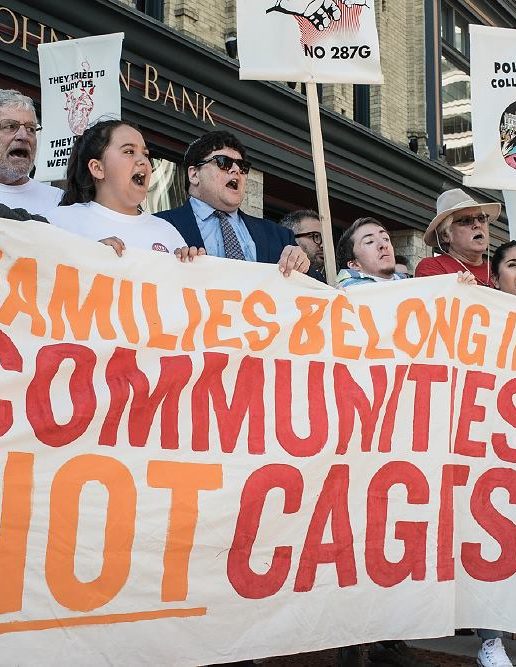
By the editors of Rethinking Schools Kina, the 6-year-old daughter of one of our editors, walked into the living room when the TV was on last week and saw a […]
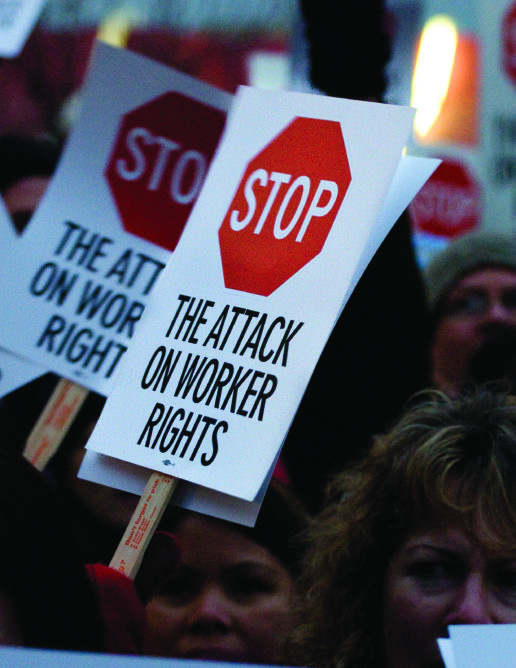
By Bob Peterson “I’m from Wisconsin, I’m from your future!” I start off my speech. Despite my love of science fiction, I’m not talking to sci-fi fans. I’m talking to […]
By Kate Aronoff In a May Day event largely overlooked by mainland U.S. media, strikers representing various unions, opposition parties, and social movements all converged on San Juan’s banking district, […]
By Sarah Giddings My house has recently become muddled with protest signs, event flyers, red T-shirts, and simply, chaos. How it came to this point resides in the story of […]
By Bob Peterson During my three decades of teaching elementary school I was regularly impressed with how much my students knew about what was happening in the world, and even […]
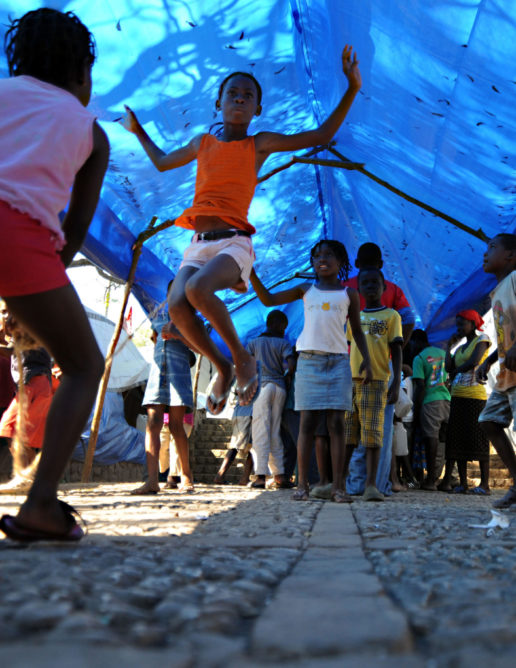
By the Editors of Rethinking Schools By now, most of us have read of Trump’s vile and racist comments of last Thursday. We all have a moral obligation to speak […]
By Mica Pollock Hate speech and harassment have spiked nationwide since the 2016 election. They’ve spiked in our own backyards, too — requiring each community to counteract hate proactively. We […]
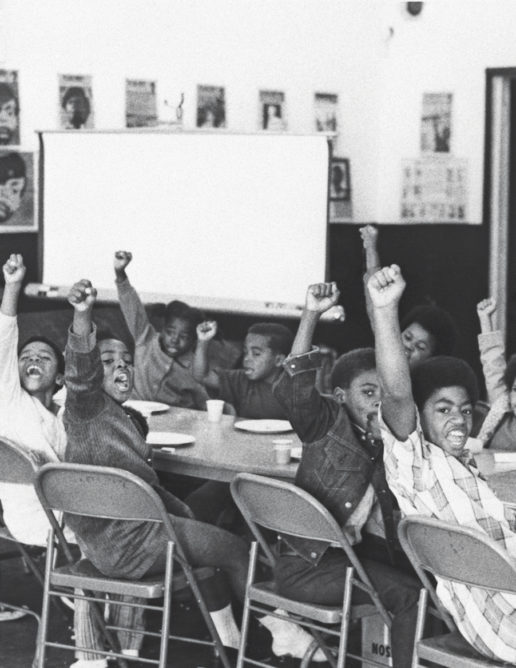
By Adam Sanchez and Jesse Hagopian On Monday April 1, 1967 “George Dowell and several neighbors from North Richmond, California . . . heard 10 gunshots. Sometime after 5:00 a.m., […]
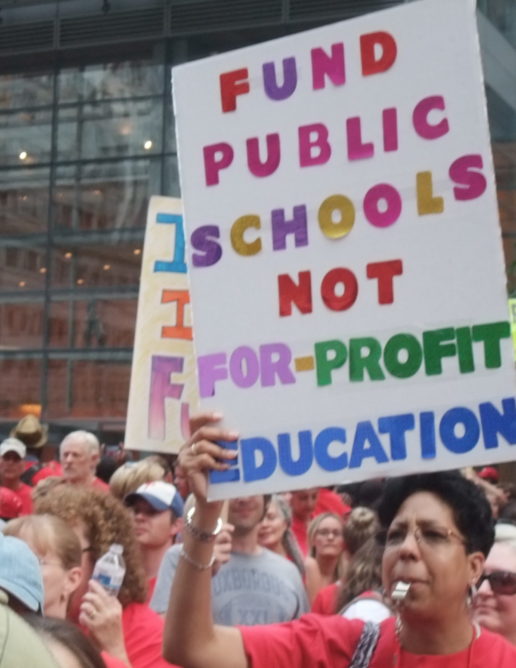
By Barbara Miner Like many supporters of public education, Sarah Mondale and Vera Aronow had become increasingly concerned in the last decade about the attacks on public schools and teachers. […]

By Bill Bigelow A New York Times article, following the white supremacist demonstrations in Charlottesville, Virginia, and the murder of anti-racist activist Heather Heyer, described the growing calls to remove monuments that […]
[This important article from Rethinking Schools editor Adam Sanchez was first published by the Zinn Education Project (where Adam works developing curriculum and organizing) and Common Dreams. We are republishing […]
[This article first appeared in The Progressive in October 2016. We’re republishing it following Sunday’s unprecedented protests in the National Football League to highlight the role that students and educators played […]
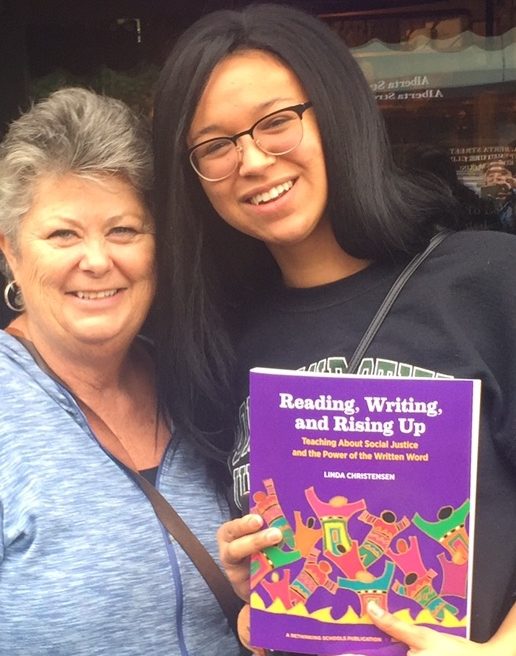
Author and educator Linda Christensen talks about the highly anticipated second edition of her 2000 book, READING, WRITING, AND RISING UP.
By Nancy Schniedewind As the school year begins, we social justice educators must work harder than ever to make Black lives matter in our schools and to educate students about […]

Resources for Explaining the Deferred Action for Childhood Arrivals Program to Elementary School Students By Grace Cornell Gonzales “It just kind of sucks. I mean, going to college and getting […]
By Ari Bloomekatz Attorney General Jeff Sessions, who was once dubbed a “champion of anti-Muslim and anti-immigrant extremists” by the Southern Poverty Law Center, announced Tuesday that the Trump administration […]
In 2010, state lawmakers in Arizona passed legislation that banned courses that “promote resentment toward a race or class of people.” But the legislation was, in reality, specifically targeting a […]
By Deborah Menkart What was troubling enough as 20th century history is happening in the present time. It is essential that we have discussions about Charlottesville in the classroom. “What should […]
Después del horrible despliegue de violencia y odio en Charlottesville el pasado fin de semana (11-13 de Agosto), que fue alimentado por la supremacía blanca, muchos maestros se han acercado […]